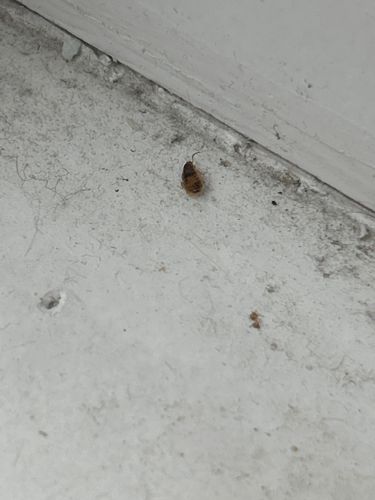Bed bug
Scientific Name: Cimex lectularius
Order & Family: Hemiptera, Cimicidae
Size: Adults are typically 4-5 mm (0.16-0.20 inches) long, about the size of an apple seed.

Natural Habitat
Primarily human dwellings, especially beds, mattresses, bed frames, and cracks/crevices in walls and furniture. They also infest public places like hotels, dormitories, and transportation (trains, buses, planes).
Diet & Feeding
Strictly hematophagous, meaning they feed exclusively on the blood of warm-blooded animals, primarily humans. Nymphs and adults require blood meals to grow and reproduce.
Behavior Patterns
Nocturnal, typically feeding at night while hosts are sleeping. They are highly adept at hiding in small crevices during the day. Females lay 1-12 eggs per day, adhering them to surfaces. Bed bugs undergo incomplete metamorphosis, with nymphs molting five times before reaching adulthood, each stage requiring a blood meal.
Risks & Benefits
Potential Risks: Bed bugs are significant pests due to their bites, which can cause itchy welts, skin irritation, and secondary infections from scratching. They can also lead to anxiety, insomnia, and psychological distress. While they are not known to transmit diseases, their presence is a major nuisance and public health concern. Potential Benefits: There are no known benefits of bed bugs to humans or the ecosystem; they are considered purely parasitic pests.
Identified on: 9/5/2025